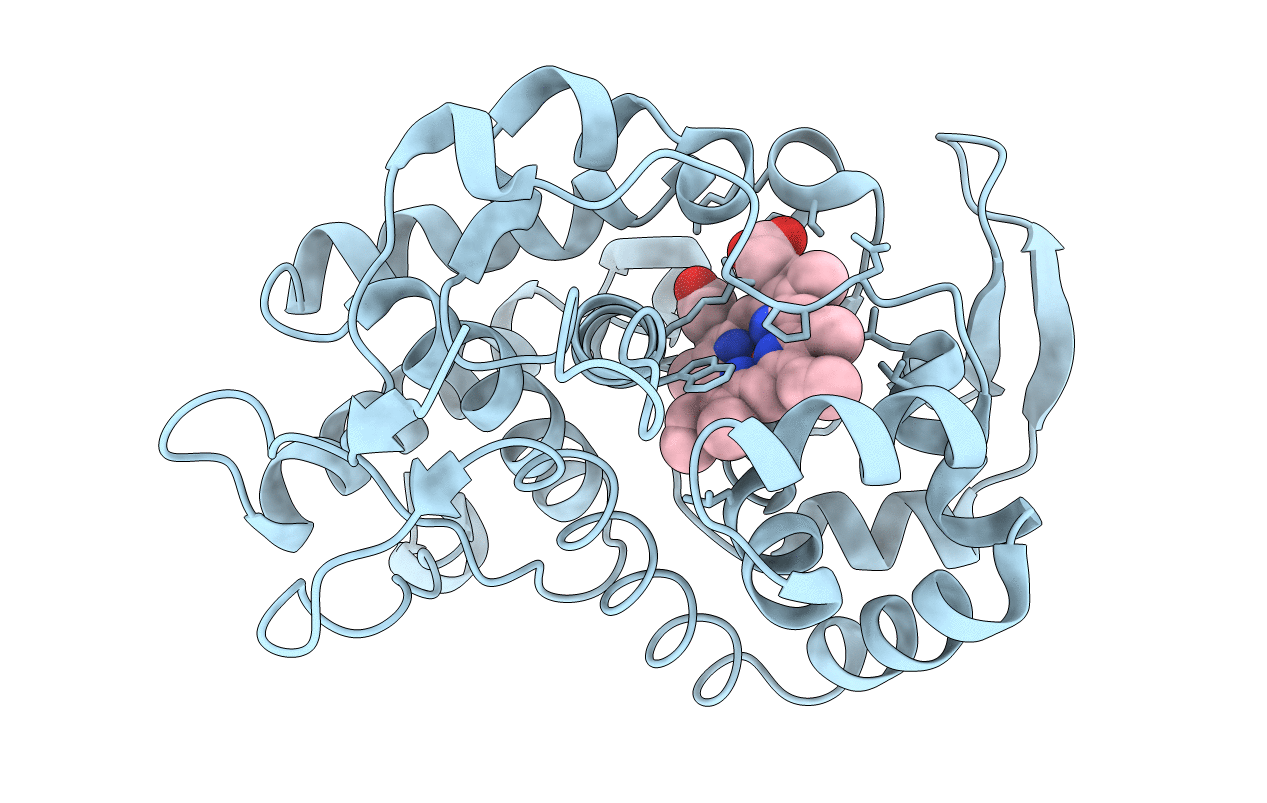
Deposition Date
2008-08-05
Release Date
2008-10-21
Last Version Date
2024-10-30
Entry Detail
PDB ID:
3E2O
Keywords:
Title:
Crystal structure of cytochrome c peroxidase, N184R mutant
Biological Source:
Source Organism:
Saccharomyces cerevisiae (Taxon ID: 4932)
Host Organism:
Method Details:
Experimental Method:
Resolution:
1.06 Å
R-Value Free:
0.19
R-Value Work:
0.16
R-Value Observed:
0.17
Space Group:
P 21 21 21


